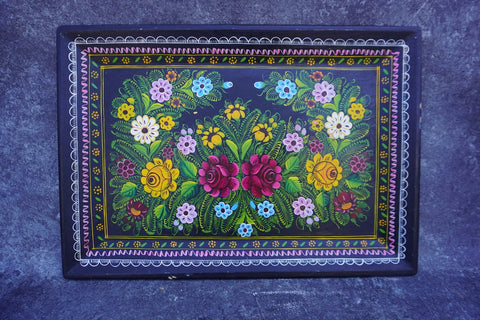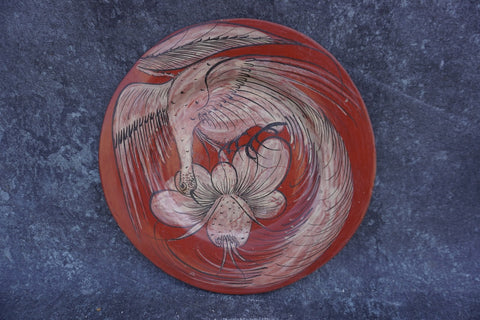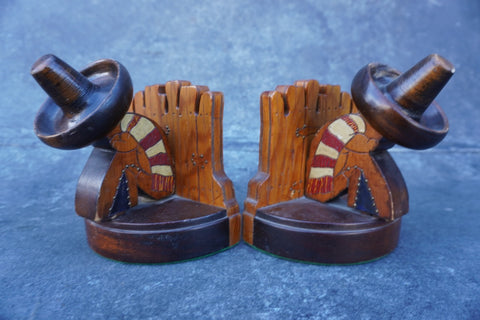Charles Kilgore (1889-1979) Pottery Market, Mexico - Oil on Canvas 1938 P3250
A lovely work by a distinguished American painter.
Measures 22 1/2" x 28 1/2", frame is 30 1/4" x 36 1/2"
Contact us to arrange special shipping, local delivery, or pickup at the warehouse.
Born in Huntington, West Virginia, Charles Kilgore was a landscape painter and commercial artist who worked for forty-three years as a color consultant for the Chicago Tribune" He graduated from Marshall College in Huntington and then studied at the Art Institute of Chicago.
He was in the camouflage corps during World War I, and in 1919 began the newspaper job in Chicago.
He traveled extensively including twelve trips to Mexico and forty-one trips to California, where he often painted with his friend Orrin White of Pasadena. Many of his paintings had scenes with Spanish architecture.
It has been established that artists Charles P. Kilgore and Orrin A. White served as US Army camoufleurs in Washington DC during World War I. But it is not commonly known that they were friends of and served in the same camouflage unit as Regionalist painter Grant Wood. Years after the war, in 1933, the three artists exhibited together at Younkers Department Store in Des Moines, for which they were described as having "served in the same camouflage squad during the world war."
A news clipping is included in a series of scrapbooks, put together by Nan Wood (the artist's sister), and is viewable online at the Iowa Digital Library's site for the Figge Art Museum Grant Wood Digital Collection. The source of the news article was not preserved, but it is most likely from the Des Moines Register and Tribune, accompanied by the penciled note "Nov 1933?"
The headline reads "3 Will Show Oil Paintings. Iowan's in Exhibit Here Next Week." Wood is the Iowan of course, while Charles P. Kilgore (cited in the article as John Kilgore) is described as being from Chicago and Orrin White from Pasadena.
"Stationed at Washington DC," the text continues, "the three young men were trained to camouflage cannons." There is also a brief paragraph in which Wood describes their camouflage work: "'It was a difficult job,' Mr. Wood recalls. 'They took airplane photographs before and after our work was finished. Grass photographs like velvet, every footstep leaves its mark. We had to dig the hole for the cannon and fix it so that not a mark showed.'"

















